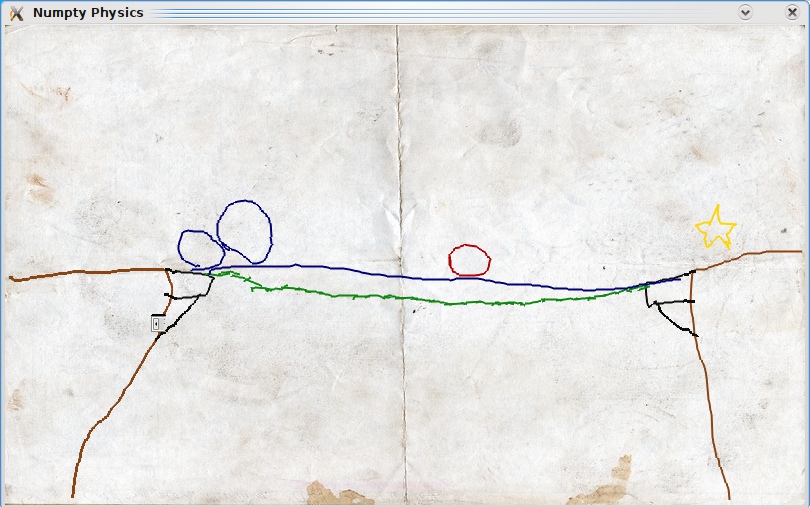Τις τελευταίες βδομάδες, έχω βρει ένα νέο …project: την «ανάπτυξη» του Σχολίνουξ. Το Σχολίνουξ ή sxolinux, όπως προδίδει το όνομά του, είναι ένα «σχολικό Linux» που στοχεύει στους μαθητές του Γυμνασίου. Γιατί ντε και καλά του Γυμνασίου; Επειδή η όλη ιδέα περί «σχολικής διανομής» ξεκίνησε από την παρατήρηση-πρόταση ενός φίλου στο φόρουμ του Linux Format, ότι εφόσον θα δοθούν φέτος κουπόνια για δωρεάν laptops στα παιδιά της Α’ Γυμνασίου, καλό θα ήταν να «φτιάξουμε μια διανομή που θα ενσωματώνει όλο το απαραίτητο λογισμικό και τα βιβλία»…
Σε αυτήν την πρόταση ανταποκρίθηκαν αρκετοί χρήστες, διαλέξαμε το όνομα «sxolinux/σχολίνουξ», κι εγώ προσφέρθηκα να φτιάξω ένα σκριπτάκι (μια εκδοχή του melux.sh) που κάνει remaster το εκάστοτε ISO του Ubuntu, δηλαδή του προσθέτει τα σχολικά βιβλία σε PDF και το αντίστοιχο εκπαιδευτικό λογισμικό της Α’ Γυμνασίου, μαζί με άλλες εκπαιδευτικές εφαρμογές του Gnome και του KDE, media players, όμορφα παιχνίδια, κατάλληλα εικονίδια και χρώματα, και φυσικά διαφορετικά λογότυπα, κλπ….






